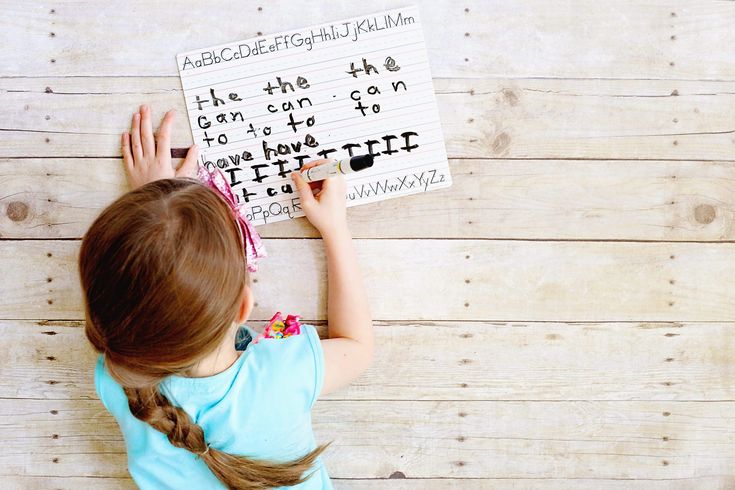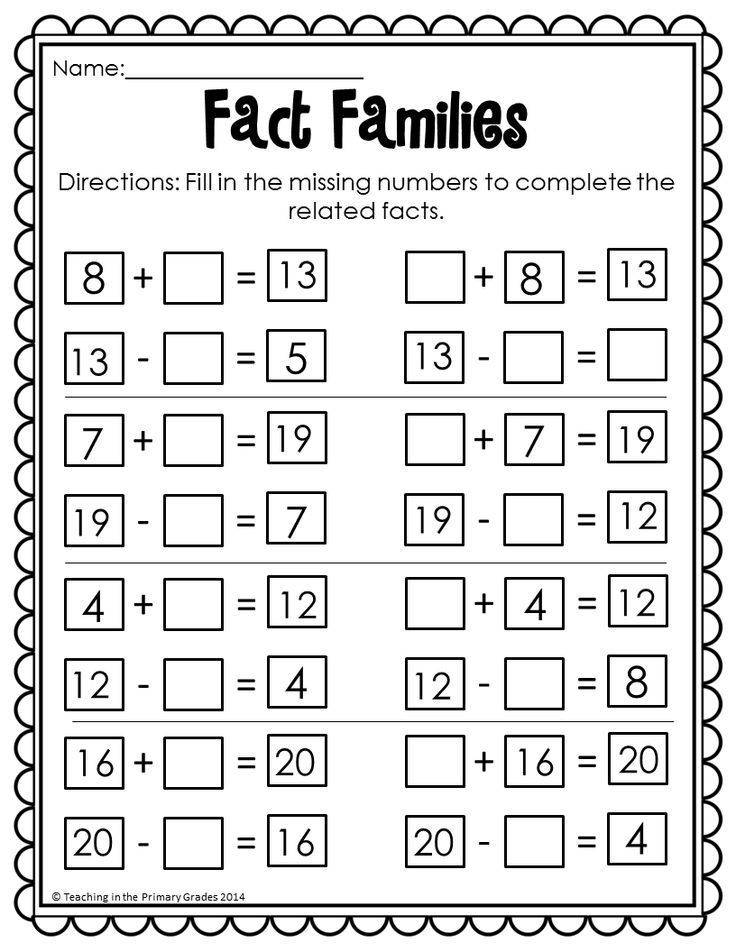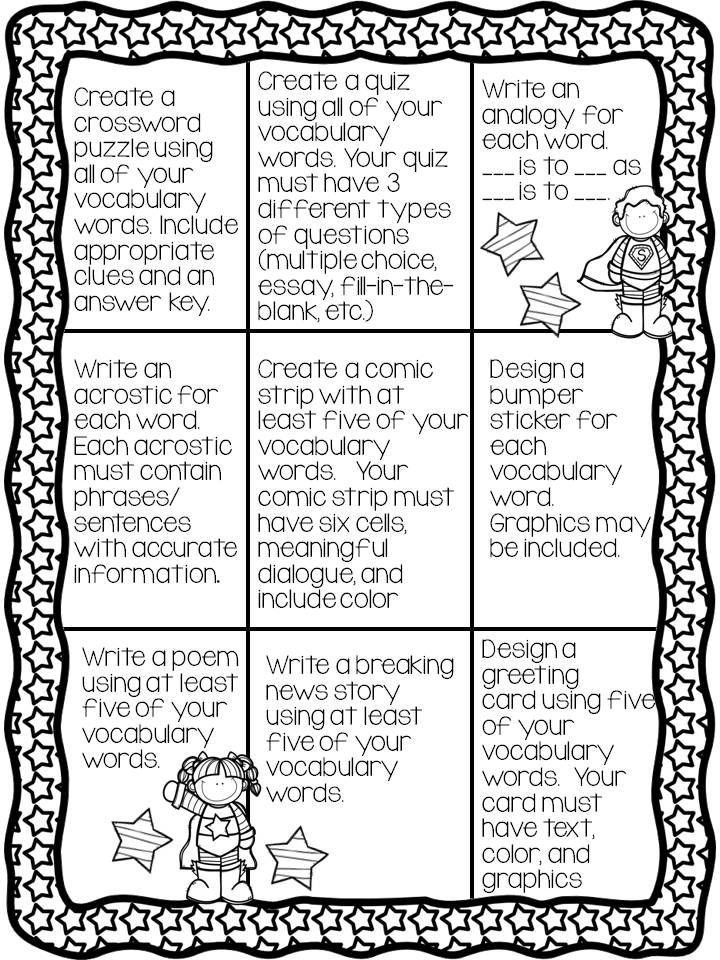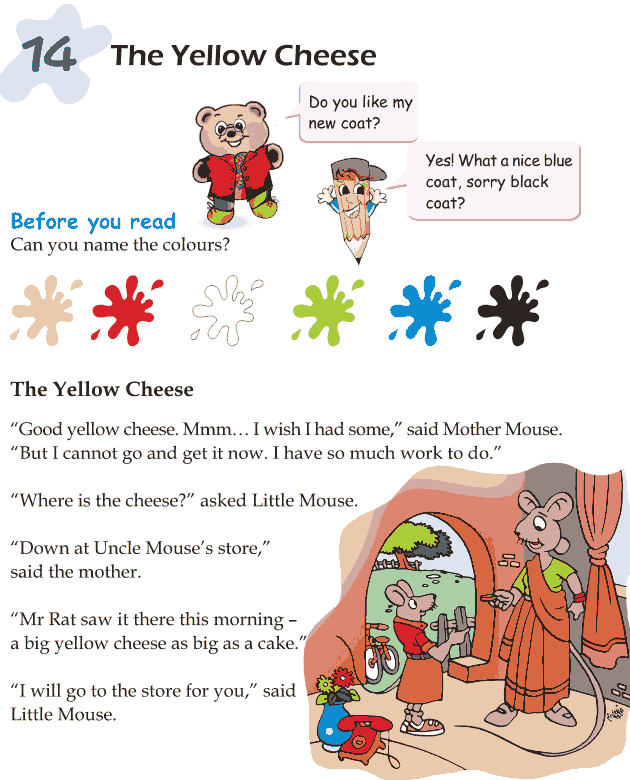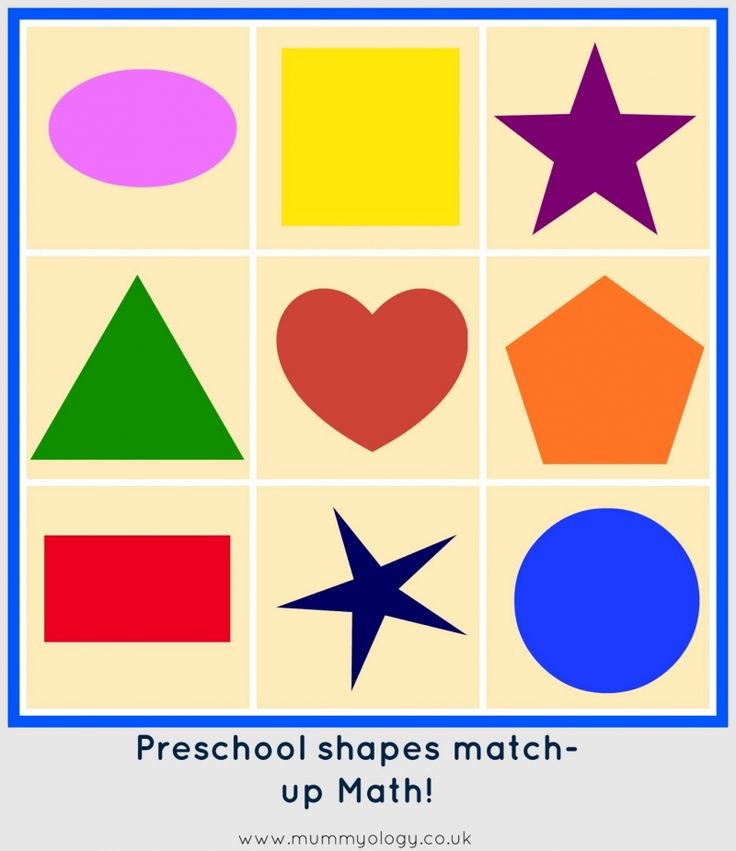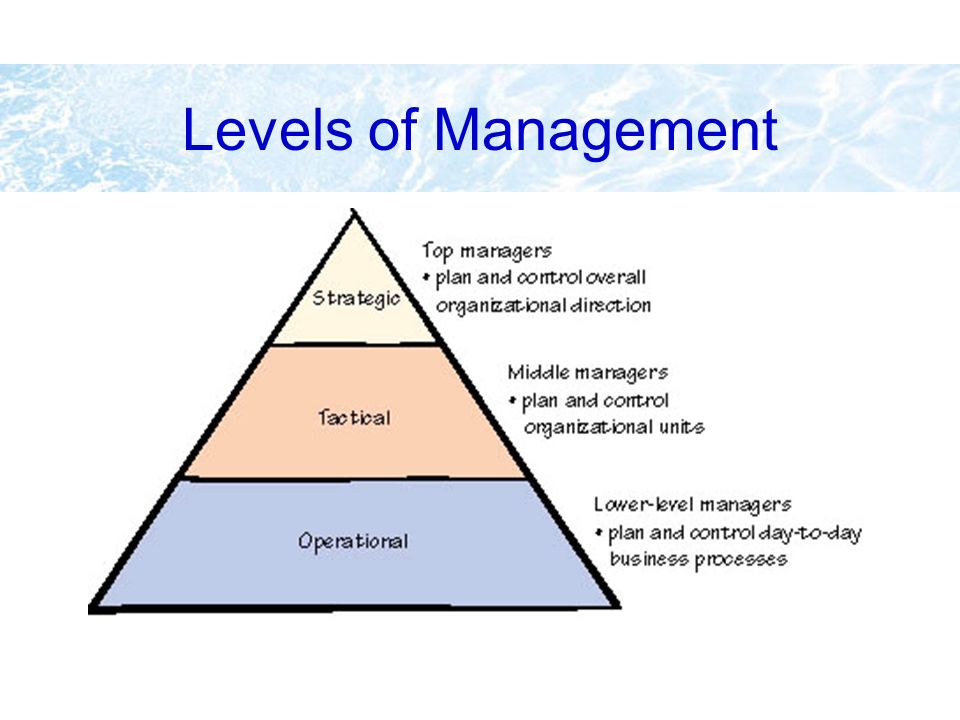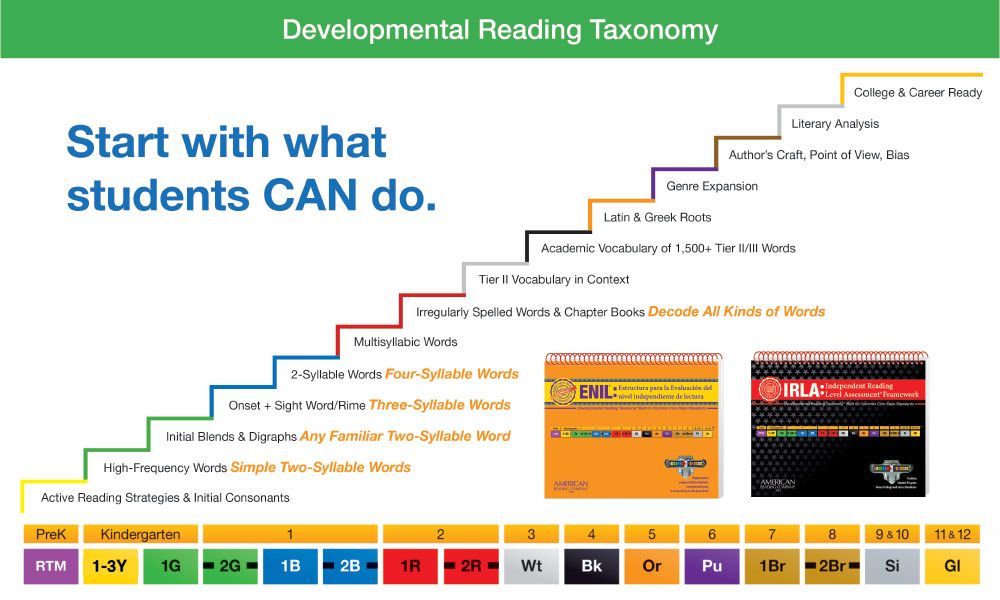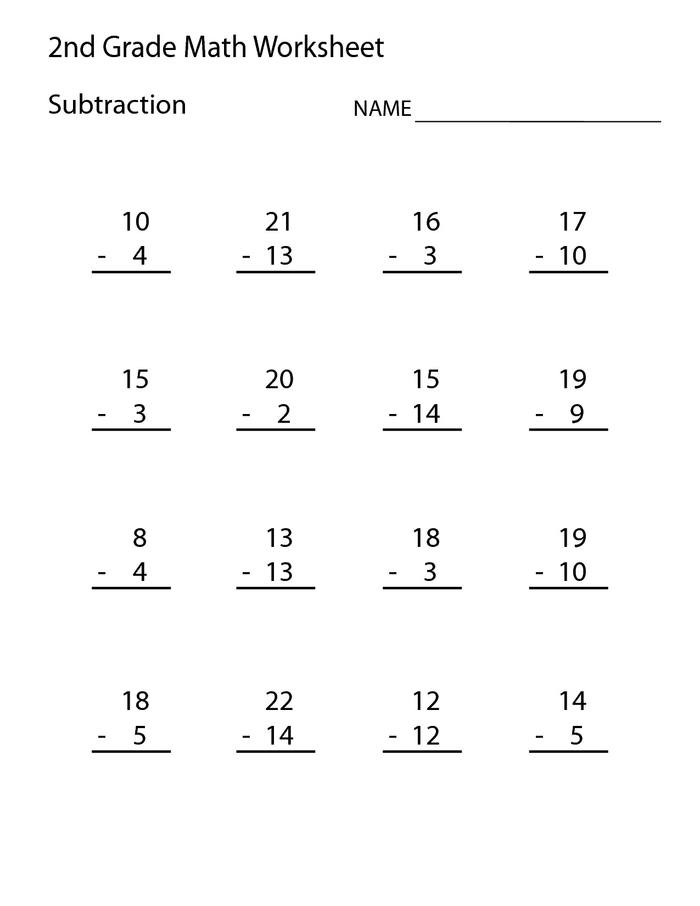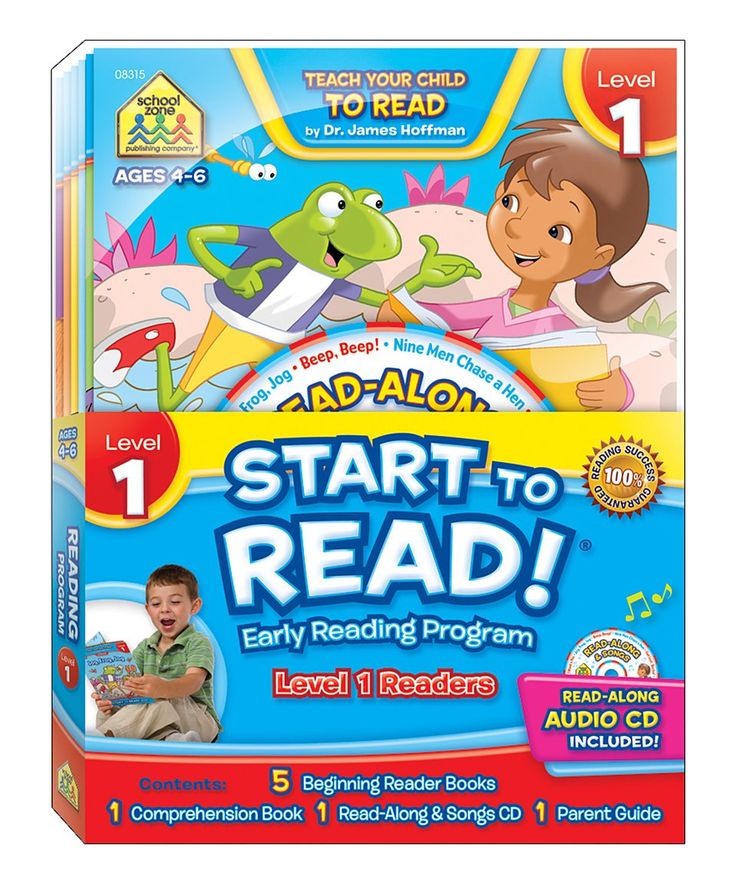Teaching my child to write
Helping Young Children Develop Strong Writing Skills
On this page
- Why is writing important?
- What Can You Do?
- Ideas for Parents: How to Help Your Child Become a Stronger Writer
Note: This article was adapted from two articles written by the U.S. Department of Education and was compiled by Colorín Colorado.
Writing is an important part of our daily lives. It is, however, a difficult skill to learn and master. By getting a head start with some simple activities, you can help your child begin to develop her writing skills at an early age. By doing so you will be contributing to her future success as a student and as an adult while teaching her how to express herself.
In this article, we provide some reasons that writing is an important skill for people of all ages, as well as a list of suggestions that will help your child become a stronger writer.
Why is writing important?
Writing is practical.
Every day, we need to write in order to complete our tasks, whether we are filling out a form at the doctor's office or writing an important letter. These tasks require us to write clearly, and organize information effectively.
Writing is an important element of a student's education.
Whether students are writing by hand or on the computer, many assignments and exams require students to write short answers or longer essays as a way of assessing what they have learned. As students get older, they will be expected to show more sophisticated writing skills, and to complete more sophisticated tasks through their writing. In addition, many colleges and universities require students to write essays as part of their admissions application.
Writing can be an important element of an employee's job.
Employees in many kinds of jobs are required to write on a daily basis. Perhaps they are taking phone messages and doing administrative work, or writing research reports and newspaper articles. Whatever the task, their ability to do their job well may depend on their ability to write. Many job applicants also must submit a resumé and a letter of application when applying to a new job.
Writing is an important form of communication.
Writing letters and emails is a common way of keeping in touch with our friends, relatives, and professional colleagues. Writing is frequently the final stage in communication when we want to leave no room for doubt, which is why we write and sign contracts, leases, and treaties when we make important decisions.
Writing can be an important outlet.
Many people find writing to be therapeutic, and a helpful way to express feelings that cannot be expressed so easily by speaking.
What Can You Do?
It's important to remember that writing can be as difficult a subject to teach and assess as it is to learn. Many students have trouble writing with clarity, coherence, and organization, and this can discourage them from writing if they feel frustrated.
That's where parent involvement can make a big difference. Encouraging your child to develop strong writing skills at a young age, and to become a better writer as she gets older, can have a lifelong positive impact on her writing, and may make writing an easier and more enjoyable process for her
To get you started, the Department of Education offers a number of ideas of things you can do help your child become a stronger writer. While many of these ideas apply to younger children, they can be adapted for older children as well. To learn more about ways to support your children if they continue to struggle with writing in middle and high school, read Tips for Parents of Struggling Adolescent Writers.
While many of these ideas apply to younger children, they can be adapted for older children as well. To learn more about ways to support your children if they continue to struggle with writing in middle and high school, read Tips for Parents of Struggling Adolescent Writers.
Ideas for Parents: How to Help Your Child Become a Stronger Writer
What You Need
- Pencils, crayons, or markers
- Yarn or ribbon
- Writing paper or notebook
- Cardboard or heavy paper
- Construction paper
- Safety scissors
Before getting started
Provide a place
It's important for your child to have a good place to write, such as a desk or table with a smooth, flat surface. It's also crucial to have good lighting.
Provide the materials
Provide plenty of paper (lined and unlined) and things to write with, including pencils, pens, and crayons.
Brainstorm
Talk with your child as much as possible about her ideas and impressions, and encourage her to describe people and events to you.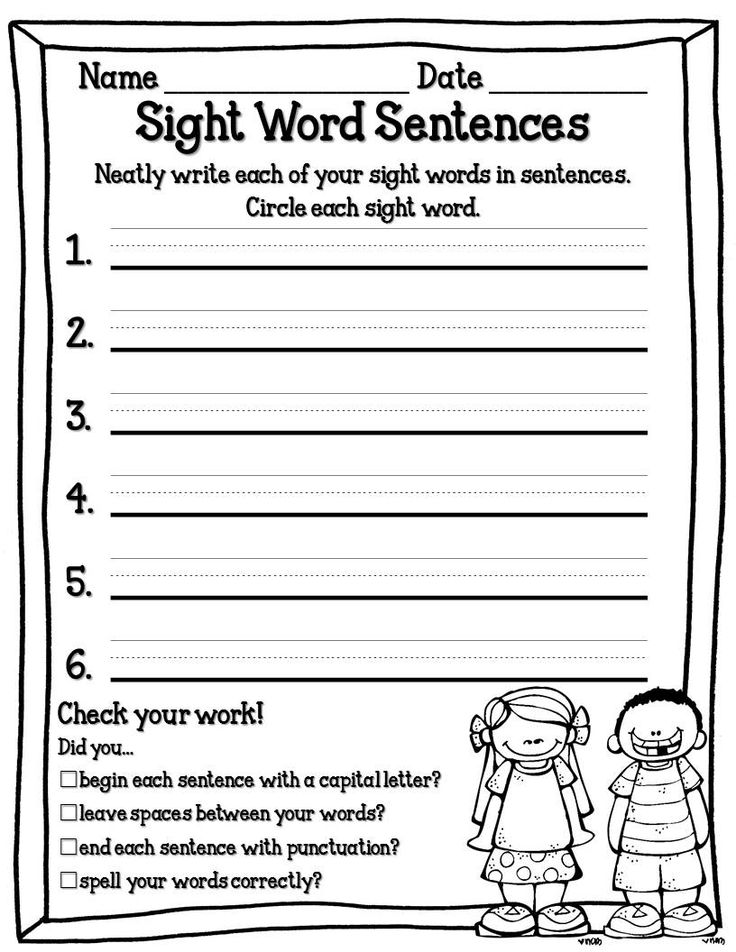
Activities for young children
Encourage the child to draw and to discuss her drawings
Ask your child questions about her drawings such as:
"What is the boy doing?"
"Does the house look like ours?"
"Can you tell a story about this picture?"
Show an interest in, and ask questions about, the things your child says, draws, and may try to write.
Ask your child to tell you simple stories as you write them down
Copy the story as your child tells it, without making changes. Ask her to clarify anything you don't understand.
Encourage your child to write her name
Practice writing her name with her, and point out the letters in her name when you see them in other places (on signs, in stores, etc.). She may start by only writing the first few letters of her name, but soon the rest will follow.
Use games
There are numerous games and puzzles that help children with spelling while increasing their vocabulary. Some of these may include crossword puzzles, word games, anagrams, and cryptograms designed especially for children. Flash cards are fun to use too, and they're easy to make at home.
Some of these may include crossword puzzles, word games, anagrams, and cryptograms designed especially for children. Flash cards are fun to use too, and they're easy to make at home.
Turn your child's writing into books
Paste her drawings and writings on pieces of construction paper. For each book, make a cover out of heavier paper or cardboard, and add special art, a title, and her name as author. Punch holes in the pages and cover, and bind the book together with yarn or ribbon.
Day-to-Day Activities
Make sure your child sees you writing
She will learn about writing by watching you write. Talk with her about your writing so that she begins to understand why writing is important and the many ways it can be used.
Encourage your child to write, even if she's scribbling
Give your child opportunities to practice writing by helping her sign birthday cards, write stories, and make lists.
As your child gets older, write together
Have your child help you with the writing you do, including writing letters, shopping lists, and messages.
Suggest note-taking
Encourage your child to take notes on trips or outings, and to describe what she saw. This could include a description of nature walks, a boat ride, a car trip, or other events that lend themselves to note-taking.
Encourage copying
If your child likes a particular song, suggest that she learn the words by writing them down. Also encourage copying favorite poems or quotations from books and plays.
Encourage your child to read her stories out loud
As your child gets older, ask her to share her stories with you. Listen carefully without interrupting, and give her positive feedback about her ideas and her writing!
Hang a family message board in the kitchen
Offer to write notes there for your child.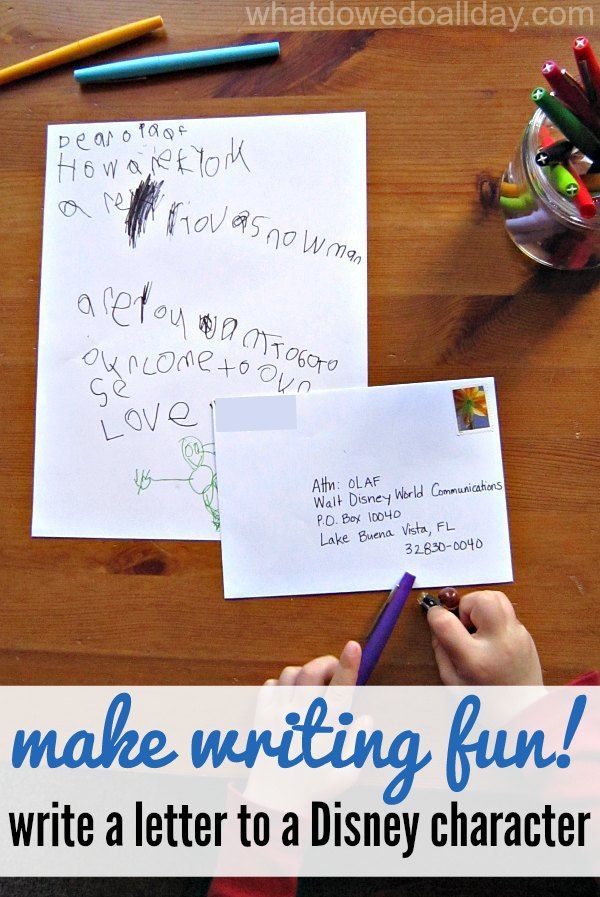 Be sure that she finds notes left there for her.
Be sure that she finds notes left there for her.
Help your child write letters and emails to relatives and friends
These may include thank you notes or just a special note to say hello. Be sure to send your child a letter or card once in awhile too so that she is reminded of how special it is to get a letter in the mail. Consider finding a pen pal for your child.
Encourage keeping a journal
This is excellent writing practice as well as a good outlet for venting feelings. Encourage your child to write about things that happen at home and school, about people she likes or dislikes and why, and about things she wants to remember and do. If she wants to share the journal with you, read the entries and discuss them together.
Things to remember
Allow time
Help your child spend time thinking about a writing project or exercise. Good writers often spend a lot of time thinking, preparing, and researching before starting to write. Your child may dawdle, sharpen a pencil, get papers ready, or look up the spelling of a word. Be patient — this may all be part of her preparation.
Your child may dawdle, sharpen a pencil, get papers ready, or look up the spelling of a word. Be patient — this may all be part of her preparation.
Respond to your child's writing
Respond to the ideas your child expresses verbally or in writing. Make it clear that you are interested in what the writing conveys, which means focusing on "what" the child has written rather than "how" it was written. It's usually wise to ignore minor errors, particularly at the stage when your child is just getting ideas together.
Praise your child's writing
Take a positive approach and find good things to say about your child's writing. Is it accurate? Descriptive? Original? Creative? Thoughtful? Interesting?
Avoid writing for your child
Don't write a paper for your child that will be turned in as her work, and don't rewrite your child's work. Meeting a writing deadline, taking responsibility for the finished product, and feeling ownership of it are also important parts of the writing process.
Help your child with her writing as she gets older
Ask your child questions that will help her clarify the details of her stories and assignments as they get longer, and help her organize her thoughts. Talk about the objective of what she is writing.
Provide your child with spelling help when she's ready for it
When your child is just learning how to read and write, she may try different ways to write and spell. Our job is to encourage our children's writing so they will enjoy putting their thoughts and ideas on paper. At first, your child may begin to write words the way that she hears them. For example, she might write "haf" instead of "have", "frn" instead of "friend", and "Frd" instead of "Fred." This actually is a positive step in developing her phonemic awareness. Keep practicing with her, and model the correct spelling of words when you write. As your child gets older and begins to ask more questions about letters and spelling, provide her with the help she needs.
Practice, practice, practice
Writing well takes lots of practice, so make sure your child doesn't get discouraged too easily. It's not easy! Give her plenty of opportunities to practice so that she has the opportunity to improve.
Read together
Reading and writing support each other. The more your child does of each, the better she will be at both. Reading can also stimulate your child to write about her own family or school life. If your child has a particular favorite story or author, ask her why she thinks that story or that person's writing is special.
As you read and write more with your child, you will be building an important foundation, and taking steps that will help your child to become a better reader, writer, and student. Your efforts now will make a difference — and it may be just the difference that your child needs to succeed!
References
U.S. Department of Education. Office of Educational Research and Improvement, Archived Information. "Help Your Child Learn to Write Well." http://www.ed.gov/pubs/parents/Writing/index.html.
"Help Your Child Learn to Write Well." http://www.ed.gov/pubs/parents/Writing/index.html.
U.S. Department of Education. Parent Section: Helping Your Child Become a Reader. "Write On!" http://www.ed.gov/parents/academic/help/reader/part5.html#write.
Reprints
You are welcome to print copies or republish materials for non-commercial use as long as credit is given to Colorín Colorado and the author(s). For commercial use, please contact [email protected].
Major support provided by our founding partner, the American Federation of Teachers, AFL-CIO.
With generous support provided by the National Education Association.
ADVERTISEMENT
Most Popular
Language Objectives: The Key to Effective Content Area Instruction for English Learners
8 Strategies for Building Relationships with ELLs
Supporting ELLs in the Mainstream Classroom: 12 Strategies for Language Instruction
Using Cognates to Develop Comprehension in English
Tweets by @ColorinColorado
How to Teach a Child to Write Their Name: Simple Steps
- Share
If you want to learn how to teach a child to write their name for the first time, it can be tempting to whip out a piece of paper and start tracing letters.
If your child is still in preschool, she needs to develop important pre-writing skills before moving onto pen and paper.
Read on to find out how you can go about preparing your child and eventually teaching her how to confidently and correctly write her name.
When Should a Child be Able to Write Their Name?
Firstly, you may be wondering if your 3 or 4-year-old should be able to write their name or why you are practising so often and your child is still not properly writing it.
It’s important to understand that children first start randomly forming and experimenting with letters as part of the developmental stages of drawing.
Scribbles and lines turn into loops and spirals and then shapes.
At some point, between 2 and 4, shapes that vaguely resemble letters start to emerge (like the capital letter T or V). These are not yet necessarily formed on purpose.
At around the age of 4, your child will probably start to “write” on his drawings, which means he is experimenting with forming letters he sees often – in his environment, his name written on his artwork, etc.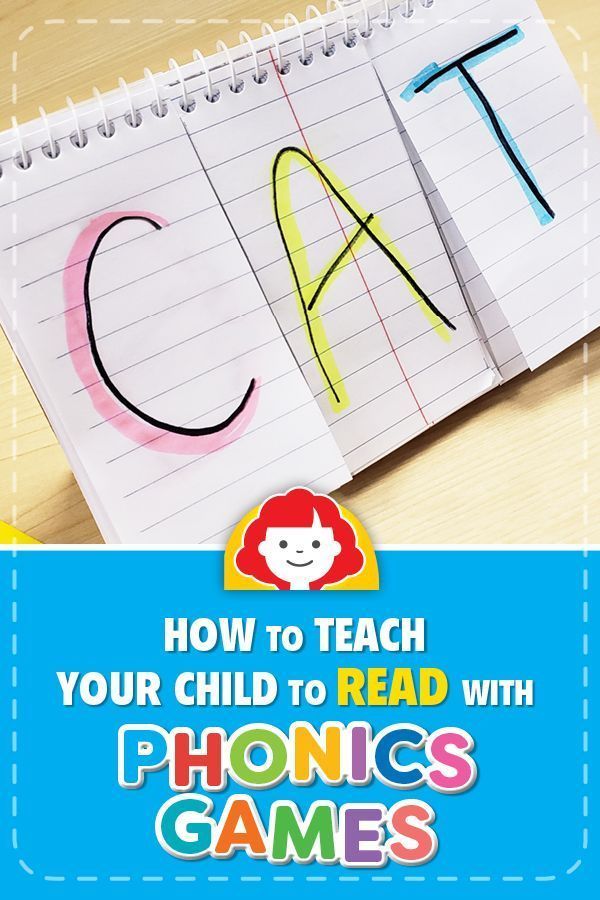
He may proudly announce that he is writing. Your child is probably more exposed to his name than any other word if it’s written on his belongings, his artwork and especially if a parent is trying to practise it often.
The simple answer is don’t worry about it. There is no age that your child must know how to write his name. It will probably start emerging around 4 years, maybe a little earlier or later.
If your child is too young developmentally to be expected to write, then the same applies to his name.
While it is inappropriate to start teaching and expecting your child to write, it is understandable that you may want to practise just his name.
There are ways to do this that are fun and developmentally appropriate and that will not cause stress or worse, boredom!
Should Children Write their Names with Capital Letters
It is easier for a young child to learn their name in capital letters first, as these are made up of simpler lines and curves.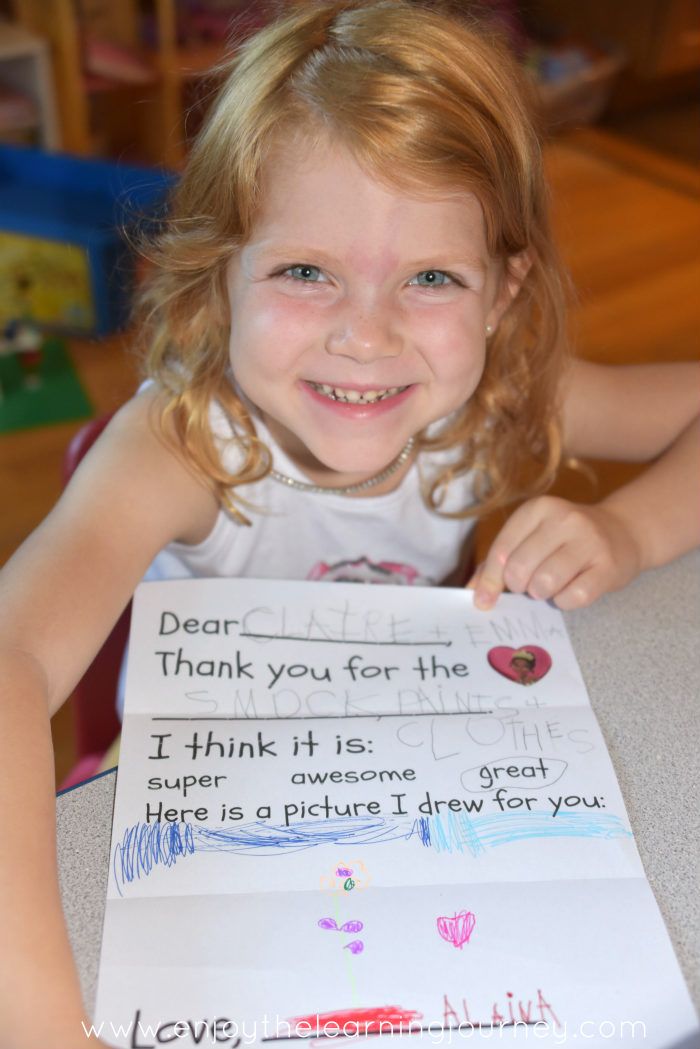
Your child will also experience more success when actually being able to form the capital letters.
While many still believe in only capitalizing the first letter, this article on teaching capital letters first is an excellent explanation of why it’s best not to introduce a young child to lower-case letters.
The occupational therapist states:
“No matter how excellent the instruction, not all five-year-olds have the underlying spatial-temporal perceptions or visual motor skills to support learning lowercase.”
When a child learns to form the letters incorrectly, it becomes more difficult later on to form the letters properly.
Here is a common example of how children write a letter ‘a’ when they don’t have fine motor control yet, or they have not been taught the correct formation.
They tend to draw a circle and then attach a line or stroke onto the side. This will not be an easy habit to undo.
Here is an example of how to teach an older child the correct formation.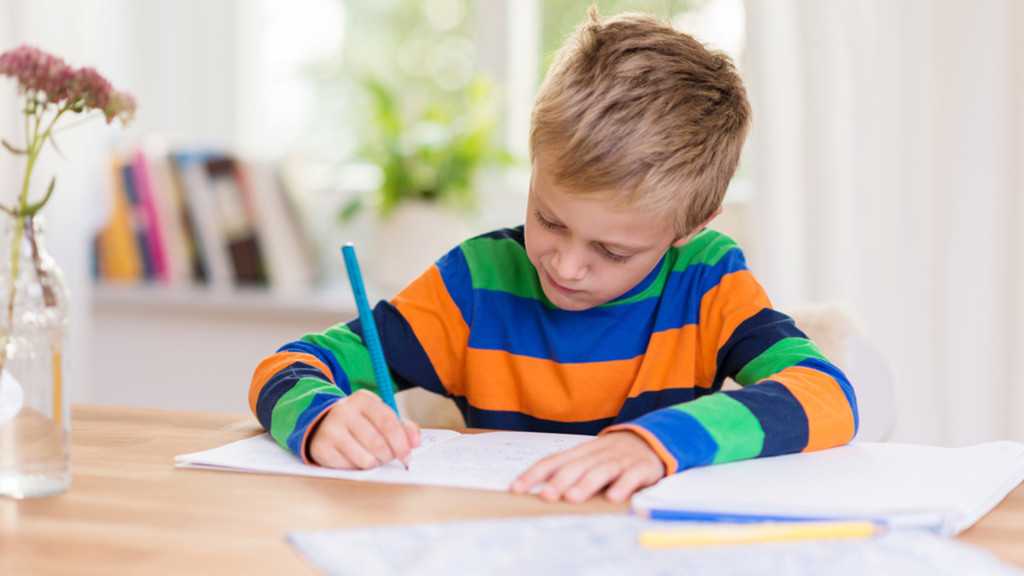 Start at the top, go around to the left, all the way back up, then straight down.
Start at the top, go around to the left, all the way back up, then straight down.
This particular font has a flick at the bottom. Some schools use a font similar to this, or one where the ‘a’ has a straight line without a flick.
This does not matter too much. It is more important to focus on the correct direction and to not lift the pencil to form the line going down.
How Do You Teach a Child to Write Their Name?
Writing is a process of developing many skills, and the very last step in that process is writing letters on a piece of paper with a pencil or pen.
Children begin writing by the first grade because by then they have developed the necessary fine motor control to write correctly and control their pencil.
For preschool children, the first step in the puzzle is to develop their fine and gross motor skills, and later to start learning to write their names by being introduced to letters in many different informal ways.
Put away the worksheets, boring traceables, online apps and any other activity that isn’t play-based.
There’s a reason children are wired to play for the first few years of their life. It’s how they learn. Everything else is a waste of time.
Here is a quick breakdown of the steps involved in teaching your child to write their name. Watch the video or read the steps below.
1.
Develop General Fine and Gross Motor SkillsIn order for children to be able to write – a skill that requires fine motor control – they need to first develop their gross motor skills.
Think of this as starting large and going smaller over time.
Gross motor skills can be built through everyday movement and play activities.
Children should experience movements such as climbing, running, swinging, jumping, skipping and playing with balls.
They will naturally develop these muscles during free play and you can also play games with your children to specifically work on these skills.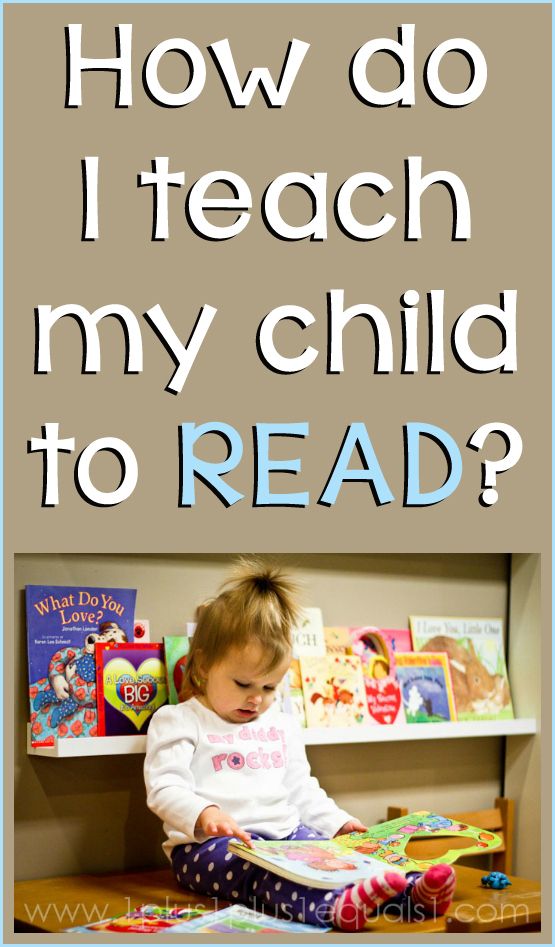
Children develop their gross motor skills first and later their small muscles strengthen.
Fine motor activities include drawing, painting, playing with beads, using pegboards, threading, lacing, etc.
These are all vitally important as children must have good muscle control before they can hold a pencil and write.
Start with these fine motor skills toys you probably already have at home.
2. Let Your Child See Their Name Often
An important step in learning to write a name is name recognition.
A child who sees her name often will start to understand what it represents, imprint it in her memory, and have greater success when attempting to write it.
Write your child’s name on the top left-hand corner of her pictures. This also teaches how we write from left to right and top to bottom in English.
Label her belongings, her bedroom door if possible and any other places that are appropriate.
To help you teach the letters, print your child’s full name out in big on a piece of paper or banner and keep it visible during all the following activities.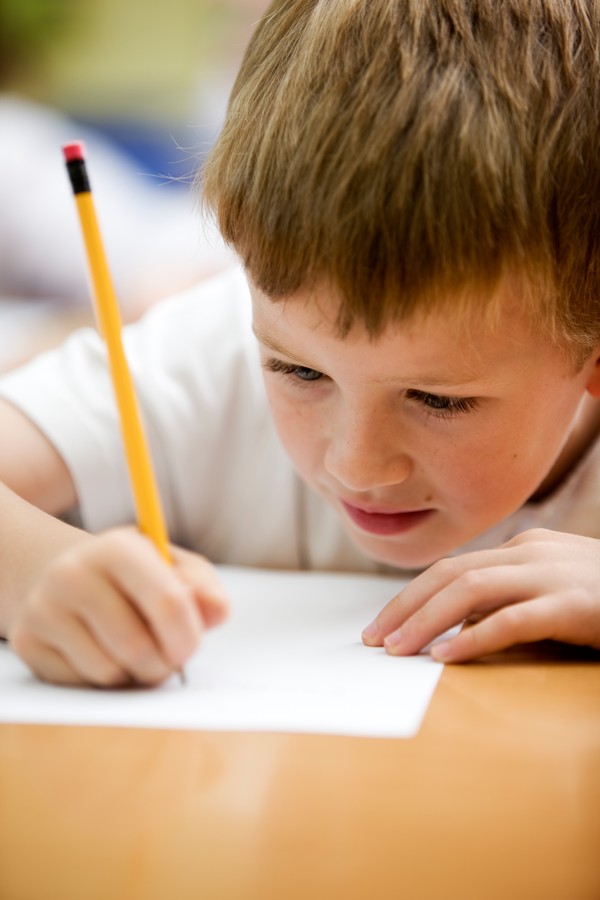
3.
Walk the LettersUsing chalk, draw one letter at a time of your child’s name in huge letters on concrete or paving. The letters should be big enough for your child to walk around them.
Practise correct formation by starting in the correct place and moving along the letter in the correct sequence. Use language to explain the formation.
Let’s start here. Walk all the way up. Turn around and go down all the way to the bottom.
4.
Use Messy PlayMessy play is the best way to teach name recognition and writing. Focus most of your attention on these kinds of activities.
Try to use all the senses if possible – touch, sound, smell, taste and sight. When more senses are incorporated, the concepts are learned quicker and associations are made.
This post contains affiliate links for educational products that I personally recommend. If you purchase through one of them, I earn a commission at no extra cost to you. Read the terms and conditions for more details.
Read the terms and conditions for more details.
The messier the activity is, the more likely your child will remember the letters they were playing with and their shapes.
- Use a large paintbrush dipped in water to trace over medium-sized letters drawn in chalk on the paving.
- Form letters in shaving cream.
- Form letters in a tray of sand or in the sandpit.
- Bake letter cookies.
- Say the letter sounds out loud as you form them (not the name ‘bee’ but the sound ‘b’).
- Write the letters on big pieces of sandpaper and get your child to trace them. Feeling the rough texture is an excellent way to imprint the formation in your child’s mind.
- Use finger paint to trace over letters on large paper.
- Using playdough, build each letter in the name. Try making something that starts with that sound.
5.
Play with LettersLet your child play with plastic, foam, rubber or wooden letters.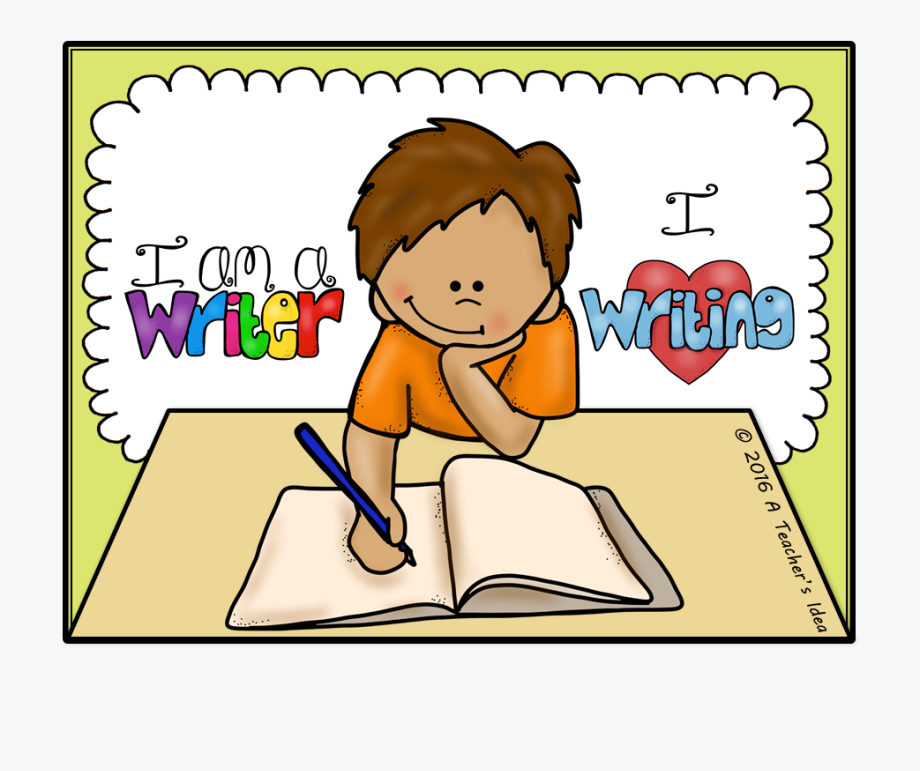
Feel the letters and trace them with your fingers. Build your name with the letters. Say the sound of each letter.
Fridge magnets are a great way to play with and feel letter shapes.
6. Do
Pre-Writing ExercisesMaking lines and patterns is a great way to introduce the shapes and formations found in letters. Try these pre-writing exercises too.
7.
Start Tracing LettersWhen your child is older (and ready) and you have practised letters in multiple ways, they can start tracing big letters on paper.
- Print each letter onto an A4 paper.
- Get your child to trace over each letter with their finger.
- Ask them to trace that letter onto your back.
- Then take coloured wax crayons and trace the letters a few times.
Over time, you can start to decrease the size of the letters. Print your child’s name in grey letters or dotted letters and ask them to trace the letters in pencil.
Later, write their name softly on their work and get them to trace over it, until they are writing it independently, using the correct formation.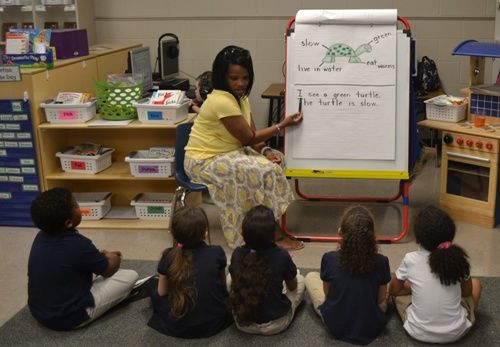
If your child experiments with writing their name before the process is complete, don’t stop them. Allow them to experiment with writing freely.
Remember to have fun and let your child progress through the steps at her own pace.
Get FREE access to Printable Puzzles, Stories, Activity Packs and more!
Join Empowered Parents + and you’ll receive a downloadable set of printable puzzles, games and short stories, as well as the Learning Through Play Activity Pack which includes an entire year of activities for 3 to 6-year-olds.
Access is free forever.
Signing up for a free Grow account is fast and easy and will allow you to bookmark articles to read later, on this website as well as many websites worldwide that use Grow.
- Share
Consultation for parents. "Should a child be taught to write before school?" | Consultation:
Should a child be taught to write before school?
Modern parents, fascinated by the idea of early development, believe that children must be able to write long before they enter the first grade. Of course, kids are extremely receptive and easily absorb new knowledge and skills. They can be taught singing, geometry, and foreign languages. But why? Today we will talk about whether it is necessary to teach a child to write before school.
Of course, kids are extremely receptive and easily absorb new knowledge and skills. They can be taught singing, geometry, and foreign languages. But why? Today we will talk about whether it is necessary to teach a child to write before school.
Don't be in a hurry!
Year after year, primary school teachers tell moms and dads that it is not necessary to teach preschoolers to write in capital letters on their own. Why are they so categorical? Acquaintance with calligraphy at this age is excluded for the following reasons:
1. The five-year-old is not yet ripe for writing either physically or mentally: fine motor skills of the hands are not developed, the mechanisms of neuromuscular regulation and visual coordination do not work properly, ossification of the wrists is not completed and phalanges of fingers.
2. Few parents have special education. Indeed, literally for each letter, a certain algorithm for writing it has been developed, to which the teacher devotes several lessons. Most often, self-training leads to an erroneous writing technique.
Most often, self-training leads to an erroneous writing technique.
3. Children who learn to write early often have poor handwriting. To master the skill of calligraphy, you need to write letters for at least an hour a day, which, you see, is impossible in the case of preschool children. In addition, mothers should be next to them, looking after the exact display of one or another element, which is also difficult. As a result, left unattended, the child writes in a way that is more convenient for him. And at the desk he will not be taught, but retrained.
4. Experts note that even in the preparatory groups of the kindergarten, children cannot always orient themselves in such characteristics necessary for writing as right-left, top-bottom, closer-further, etc. What can we say about younger children.
Preparing for writing
Teachers say that some first-graders face numerous difficulties when working in copybooks:
they do not know how to hold a pen correctly;
do not navigate on a sheet of notebook;
periodically expand it when hatching;
draw very small pictures on paper.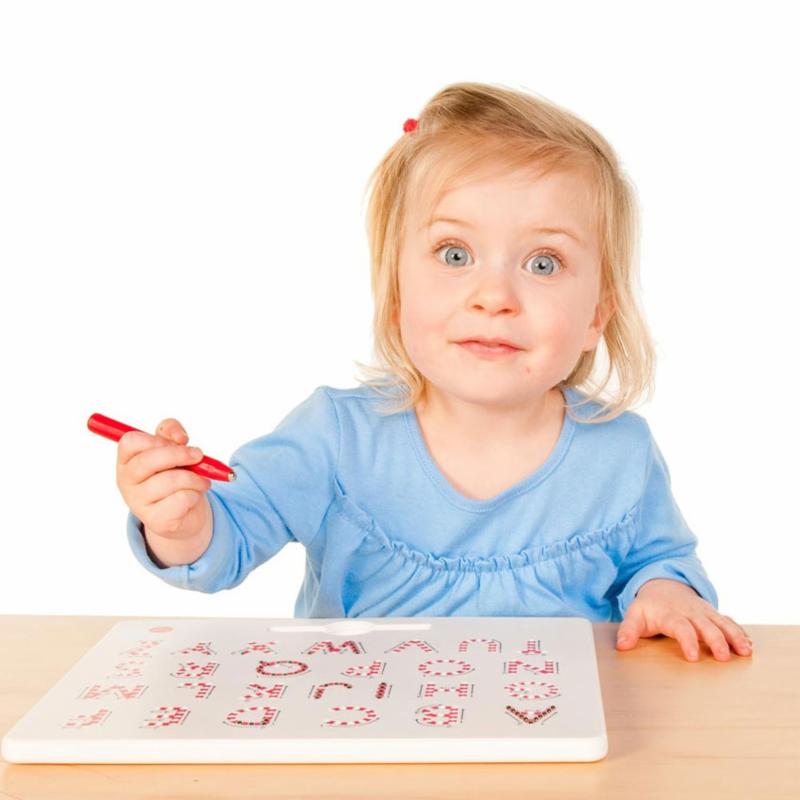
These features indicate that adults simply did not pay enough attention to children during homework. That is, at preschool age, it is necessary not to teach the child to draw letters beautifully, but to improve the fine motor skills of the fingers, memory, thinking and speech. Also, training should include tasks for the development of hand-eye coordination. How can you help preschoolers?
Tasks for preparing the hand for writing
1. It is very important to teach the child the correct seat at the table, the position of a landscape or notebook sheet, hands, and a pencil. It will be much easier for a future student to fulfill the same requirements when working in copybooks.
2. Draw images that combine a variety of lines: straight, vertical, oblique, wavy. In the middle groups of the kindergarten, you can draw paths, columns and ribbons, gradually moving on to closing the lines in the form of circles (rings and balls). At older preschool age, the exercises become more complex: the placement of sticks, arcs, ovals and circles in the cells.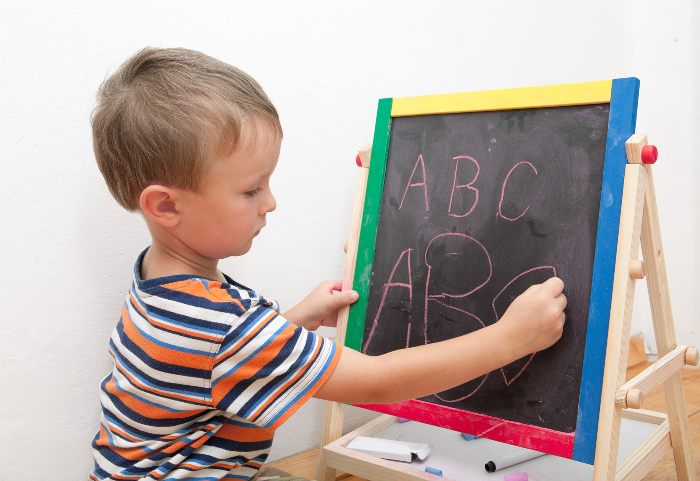
3. Who says that preschoolers don't write dictations? Graphic exercises will teach you to correctly determine the direction, write under the dictation of adults, and even count a little. For example: “One cell down, three cells to the right”, etc.
4. Hatching will help to form a useful skill of uniform hand movement under visual control. Teach your child to draw horizontal, parallel and oblique lines with one stroke of the pencil.
5. Another effective way is to color pictures in special books. This exercise improves the force of pressure, makes the movements of the fingers coordinated
6. Invite the child to copy the pictures they like onto transparent paper. Give preference to patterns, because they have a huge number of curls, knots, hooks, which are elements of capital letters.
We hope we managed to convince you that it is not necessary to teach your baby to write at such a young age. Leave this activity to the school teacher, and spend the free time on joint games that will help your child develop fine motor skills.
How to teach your child to hold a pen and pencil correctly.
Mothers know how difficult it is to teach a child to hold a pen correctly. It’s worth thinking about this before you start collecting your baby for school. From early childhood, there is a risk of teaching him to do it wrong, and then the habit can remain for life. And the problem is not only in handwriting, and not even in which hand he will learn to write - left or right. This process can look very strange when an adult holds the pen somehow awkwardly, as if with a claw. There are several effective ways to teach a child to write in a playful way, you can choose any that you like and will interest the baby.
How to hold a pen correctly while writing
Place a pen or pencil on the upper phalanx of the middle finger, fixing it on top with the thumb and on the side with the index finger. The ring finger and little finger should be bent inside the palm or towards the base of the thumb. Grab the handle so that its lower end is one and a half centimeters free, and the handle itself is tilted towards the shoulder. The index finger should be relaxed, lie freely and naturally, otherwise the hand will quickly get tired. The writing medium itself must be chosen as simple as possible: about 15 cm long, not thick, without many edges that complicate the writing process. Long souvenir or promotional pens are very inconvenient for learning to write.
The index finger should be relaxed, lie freely and naturally, otherwise the hand will quickly get tired. The writing medium itself must be chosen as simple as possible: about 15 cm long, not thick, without many edges that complicate the writing process. Long souvenir or promotional pens are very inconvenient for learning to write.
8 ways to teach your child to hold a pen correctly
1. The tweezers method
To do this, take a pencil or pen by the very tip with three fingers (thumb, index and middle) and place it on the table, resting it on the surface of the paper. Fingers smoothly move down, sliding them over the pencil. They themselves will take the correct position, gently squeezing the pencil (pen).
2. Putting the handle to sleep Show by example how to put the handle to sleep. Imagine that the middle finger is a crib. Let's put the pen on the bed. Under the “head” (end of the handle) you need to put the pad of your index finger - “pillow”. From above, cover the handle with a “blanket” - with the pad of your thumb.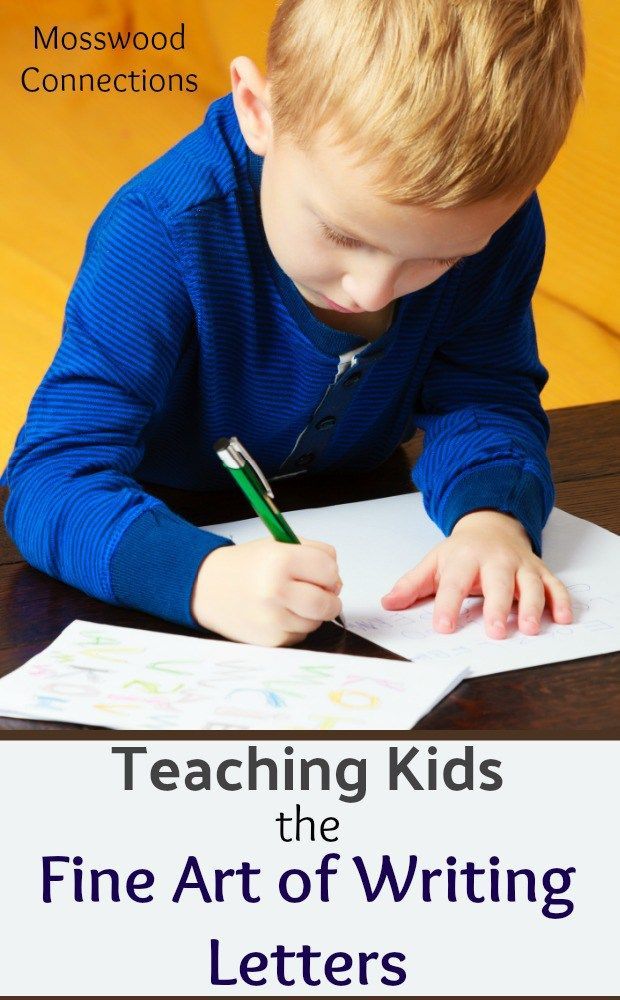 Now let's start writing. The hand while writing rests on the little finger bent inward.
Now let's start writing. The hand while writing rests on the little finger bent inward.
3. With a napkin
We need a regular napkin. It must be divided in half, otherwise it will be too big for a child's hand. We clamp half of the napkin between the ring finger, little finger and palm. We ask the baby to take the pencil with the remaining three fingers so as not to release the napkin from the palm. Miraculously, the baby will hold the pencil correctly while the napkin is pinched between his fingers.
4. Teaching tip
Modern stationery manufacturers have invented special tips for pens and pencils. They are made in the form of various funny and colorful animals, birds, fish. Such nozzles have holes for fingers and it is simply impossible to take a handle with a nozzle incorrectly. These nozzles are available for both right-handers and left-handers, and there is also a separate attachment for cutlery (spoons, forks.)
5. Using crayons A child's learning to draw usually starts with crayons. If you take pastel crayons and break them into pieces about 3 cm long, and then invite the child to draw with them, this will give the desired effect. Short pieces cannot be taken into a fist, so the baby will gradually learn to grab the crayon with three fingers, as we need, and in the future he will have no problems getting to know the pen.
If you take pastel crayons and break them into pieces about 3 cm long, and then invite the child to draw with them, this will give the desired effect. Short pieces cannot be taken into a fist, so the baby will gradually learn to grab the crayon with three fingers, as we need, and in the future he will have no problems getting to know the pen.
6. Playing Darts When your child plays darts, it also helps develop writing skills. The position of the fingers on the dart is exactly the same as it should be on the pen, pencil. You just need to invite him to imagine that the pen is a dart, then smoothly lower it to the "target" - paper.
7. Point on the finger. The easiest way is to put a bright dot on the upper phalanx of the middle finger. Explain to the child that there you marked the place where the pen should lie. The same mark, but in the form of a line, can be left on the lower end of a pen or pencil. Tell the baby that the finger should not fall below this line.
We put the pen on this pad.
what to do if your child is beaten at school
I, as a person who was a school director and as a parent of school children, went through different stages of the process of defending the rights of certain children, my own or others. Therefore, I can tell you what steps you can and what steps a parent needs to take in a given situation when your child is offended at school. Offended by classmates (or one), offended by older guys. It is clear that you can offend in different ways. You can be brought to tears with insults, or you can be beaten every week. And this is what you need to pay attention to.
First. If you hear the same “last name” from a child several times in a fairly short time (and time flies quickly, so if it’s four times a month), call the class teacher and try find out if he noticed something in their relationship and how other children develop relationships with the offender. If, by indirect signs, it will be clear that the mother of that boy or girl, who is not yet familiar to you, is sane, then you can try to meet with her and talk. It would be easier for fathers to resolve the conflict in general at this stage. But, I repeat, with the sanity of the parties.
It would be easier for fathers to resolve the conflict in general at this stage. But, I repeat, with the sanity of the parties.
Second . If complaints do not stop, contact with parents stops, at the level of the class teacher the issue stops, you are anxious about this and bruises, to be honest, are already starting to get to you - go into battle, but with full confidence that you will go to the end. Because the path to the end is too nervous, burdensome and requires a lot of bureaucratic red tape, albeit short-lived on your part. It is not at all necessary that you have to drown the ring in boiling lava, but you should be sure. And for it to be, you need to clearly remember the goal and the algorithm of actions.
Target is what you want in the end. Do you want the offender to be whipped in front of the whole school? Do you want him to be given 15 years of strict regime? Any goal can be realized, it's a matter of time and personal mental health.
Let's say you want the abuser to be transferred to another school. This is possible, I agree. But it is illegal to demand this: it is the right of the parents to decide where the child will study.
The most realistic goal is to fix and loudly declare the situation so that it can be rationally resolved and the maximum number of interested people, including those within the school, pay attention to it. Because sometimes information doesn’t reach the director corny until you write a written statement addressed to him and run it through the office. Or book an appointment with him. But the meeting should be preceded by a written statement with a detailed description of the situation and what was done, carried out through the secretary, and you should have a copy with the incoming number, certified by the secretary, in your hands. Perhaps this is where the issue will begin to be addressed. And if not?
Extreme case
The situation is getting worse and the beatings have started. Small pokes, pushes, humiliating nicknames and bullying. After all, your child was beaten at school. I note that not after school on the street, but directly at school. Your actions.
Small pokes, pushes, humiliating nicknames and bullying. After all, your child was beaten at school. I note that not after school on the street, but directly at school. Your actions.
Go to school, call the class teacher or someone from the administration on the way, go inside and immediately call the police. Dial 112, choose by voice - and go. You report that you are at such and such an address, this is a school building, your child was physically injured, you ask to send a police squad to record what happened. You will be offered an ambulance - decide for yourself, depending on the severity. If your nose is broken, then maybe it's worth calling an ambulance to take a picture. In any case, you will need to appear at the hospital on the same day and remove the beatings. But more on that later.
You inform the person accompanying you about the call to the police, you are waiting for the arrival. Upon the arrival of the police, you have the right to write a statement (and have your explanations removed from you) right on the spot.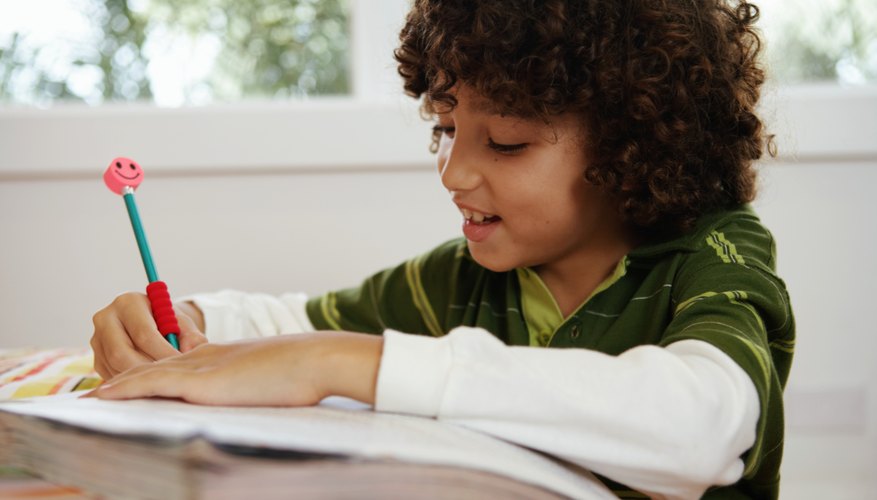 But this is rarely implemented in practice for one simple reason: in any case, you will need to have a registration stub for your application in the registration log, which is located at the police department. Therefore, if the child is not in mortal danger and he just sits, squishes his nose and holds a penny at the black eye, then agree to a kind invitation to proceed to the department to testify as the legal representative of your child. Next, you will be assigned an inspector for juvenile affairs, who will take from you an explanation of what happened: the child will tell, you will tell. You will certify both sheets of evidence. After you write an application, give it to the duty station, and - most importantly - do not forget to take the registration stub, it will come in handy, this is the only document proving that you have submitted an application. Within ten days, they must verify the information you provided and give you a written response. It would be nice to take a contact phone number when saying goodbye to the PDN inspector and keep it under control whether something is being done or not.
But this is rarely implemented in practice for one simple reason: in any case, you will need to have a registration stub for your application in the registration log, which is located at the police department. Therefore, if the child is not in mortal danger and he just sits, squishes his nose and holds a penny at the black eye, then agree to a kind invitation to proceed to the department to testify as the legal representative of your child. Next, you will be assigned an inspector for juvenile affairs, who will take from you an explanation of what happened: the child will tell, you will tell. You will certify both sheets of evidence. After you write an application, give it to the duty station, and - most importantly - do not forget to take the registration stub, it will come in handy, this is the only document proving that you have submitted an application. Within ten days, they must verify the information you provided and give you a written response. It would be nice to take a contact phone number when saying goodbye to the PDN inspector and keep it under control whether something is being done or not.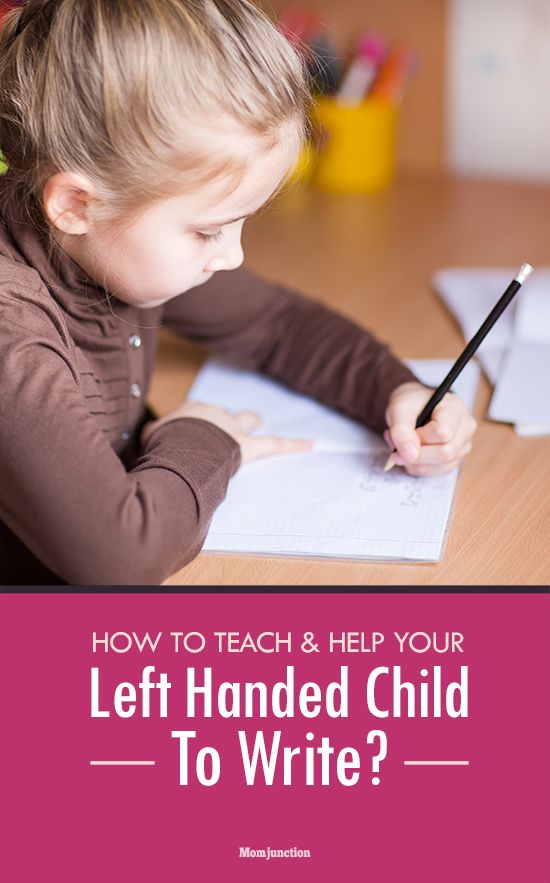
Photo: © EAST NEWS
The inspector will ask you for a certificate from the emergency room with records of beatings, so you go to the emergency room and go today.
Attention: adult emergency centers do not issue such certificates for children, you need a children's emergency center.
After receiving the certificate, scan it at home. In general, now you scan all documents, all of them will be needed in electronic form. From the emergency room, the doctor is obliged to report to the police, since the beatings occurred at the school. This is another plus for you in your story, because you will be reported to the juvenile department twice.
At home, first of all, without delay, open the website of the Department of Education of your city or region and write to the electronic reception. The Department of Education of the city of Moscow responds very quickly.
Describe the situation, attach scans of all documents that confirm your words (including all scans of applications addressed to the class teacher or school principal, papers from the police), ask to organize a verification of the stated facts.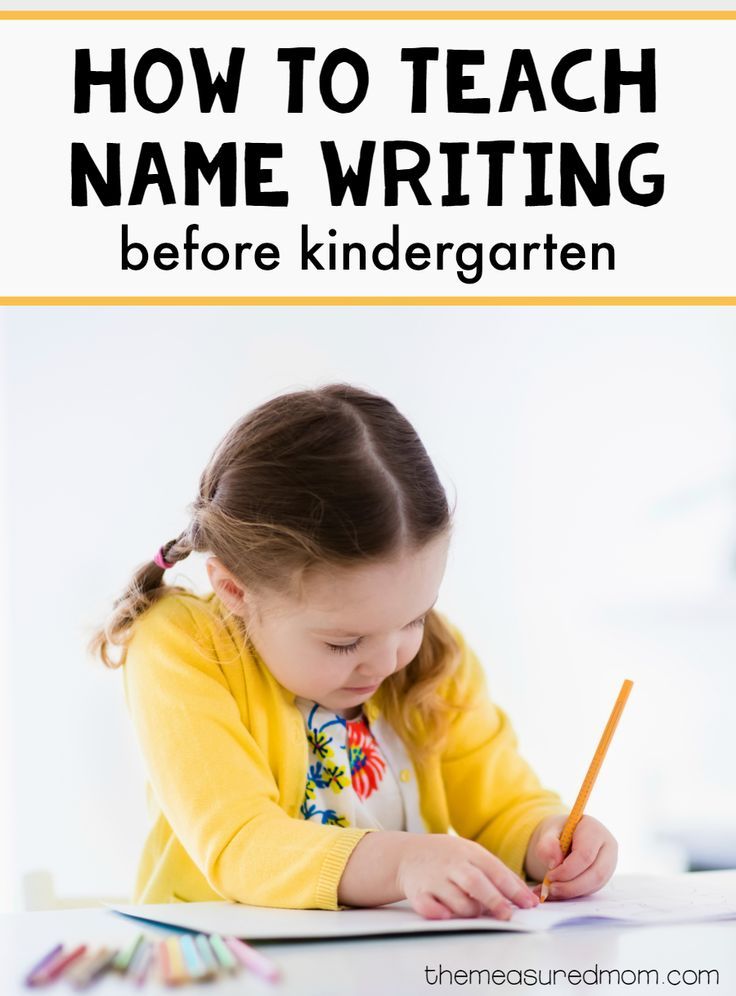 Do it right away, tomorrow you won't have enough strength for it, and your mood will disappear. At the same time, it must be understood that the Federal Law "On the Procedure for Considering Applications of Citizens of the Russian Federation" is interpreted in such a way that it allows sending a letter for "consideration according to competence", that is, a school. It will be so, therefore, with your letter, you will once again encourage the school management to delve into the situation, but you will not punish them in any way. That is, once again: your letter to the Department of Education is a waste of the director's time in compiling a response to you. But your problem will be solved if you have already formulated for yourself what you want, and not in a fit of righteous anger, fire around with all the guns.
Do it right away, tomorrow you won't have enough strength for it, and your mood will disappear. At the same time, it must be understood that the Federal Law "On the Procedure for Considering Applications of Citizens of the Russian Federation" is interpreted in such a way that it allows sending a letter for "consideration according to competence", that is, a school. It will be so, therefore, with your letter, you will once again encourage the school management to delve into the situation, but you will not punish them in any way. That is, once again: your letter to the Department of Education is a waste of the director's time in compiling a response to you. But your problem will be solved if you have already formulated for yourself what you want, and not in a fit of righteous anger, fire around with all the guns.
If nothing works
Your actions do not bring results - something stops at all levels, no signals reach you for three days. Incredible, but still.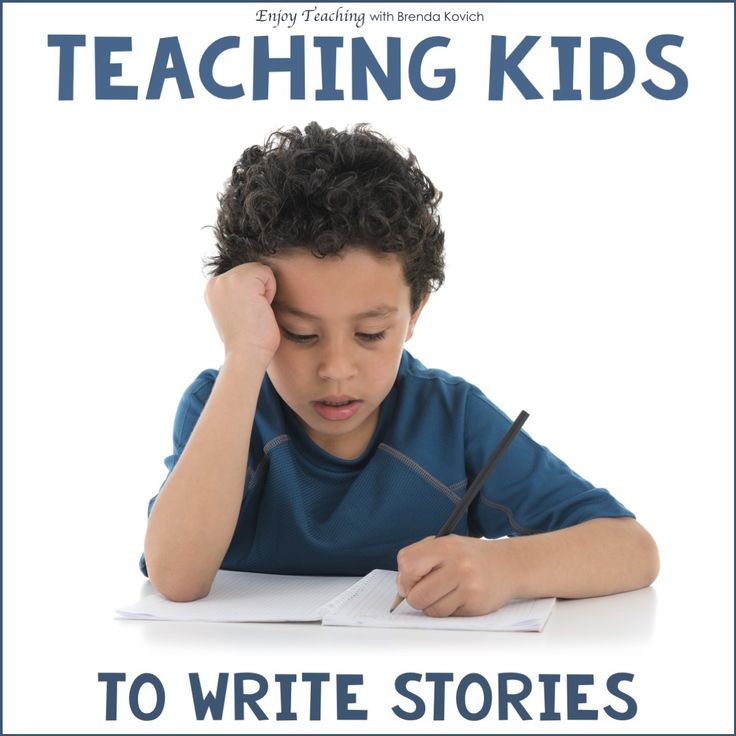 Do not wait - look for the media that are ready to cover your situation: the school topic is relevant. It will take you three days to do everything - a description of the situation, confirmation by documents, a decision at the planning meeting about the need for the material. Usually, the media understands that such topics may not work, and should be ready to stop your publication at your request in case of a change in the situation and with the proper ethical level of relations, but you should also understand that you can get married without you. This is the last step towards publicity. The consequences will vary according to the degree of dissemination of this information - you yourself have seen different examples.
Do not wait - look for the media that are ready to cover your situation: the school topic is relevant. It will take you three days to do everything - a description of the situation, confirmation by documents, a decision at the planning meeting about the need for the material. Usually, the media understands that such topics may not work, and should be ready to stop your publication at your request in case of a change in the situation and with the proper ethical level of relations, but you should also understand that you can get married without you. This is the last step towards publicity. The consequences will vary according to the degree of dissemination of this information - you yourself have seen different examples.
But the publication gives you the next step - along with a link to the publication, you write a letter to the Moscow City Hall, the Prosecutor General's Office, the Ministry of Education, the President of the Russian Federation with a request to verify the facts presented in the article, since you are the person in question.